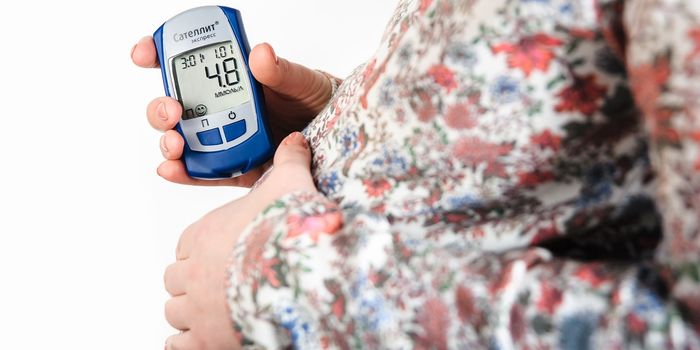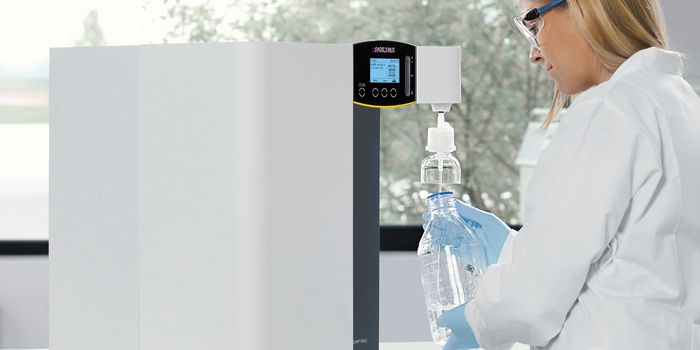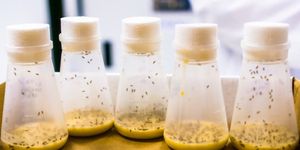Effectiveness of Different Hand-Drying Methods on Reducing Bacteria on Washed Hands
Hand hygiene is vital to prevent the spread of infectious organisms, especially in healthcare settings. It is well-documented in the literature about the importance of thorough handwashing with soap and water or using hand sanitizer in reducing the transmission of infectious diseases. However, there have been few studies that have assessed hand-drying techniques to reduce further the number of microorganisms on hands that have been washed. L. Suen, principle investigator and her team of researchers compared the effectiveness of different hand drying methods on the removal of bacteria from washed hands using minimal resources.
The hand drying methods included: (1) drying on clothes, (2) using one paper towel, (3) using two paper towels, (4) drying with warm air dryer holding hands still for 20 seconds, (5) drying with warm air dryer while rubbing hands together for 20 seconds, and (6) using a jet air dryer until hands were totally dry. Participants were assigned a hand drying method randomly through a computer-generated table. The test organism used was Serratia marcescens, a biosafety-level one microorganism that is safe for humans who are not immunocompromised. Samples of participants' dominant hands were taken before washing then they were artificially contaminated with gauze soaked with S. marcescens. Their hands were rewashed and dried according to the generated method for each person.
The data from the study demonstrated that the most effective hand drying method was the jet dryer, and the least effective was using one's clothes. It's possible that the jet dryer was more effective because the hands were dried completely before being sampled. While the jet dryer was found to be superior in reducing the number of bacteria on the participants' hands, research has shown that they aerosolize microorganisms contaminating the environment. Thus, this method may not be appropriate in healthcare or food preparation settings.
If jet dryers are utilized in other settings where hand hygiene and environmental contamination are not as big an issue, a reduction in the use of paper towels can lead to better environmental sustainability with fewer paper towels being deposited into landfills.
The results from this study could potentially be used for further investigation into hand hygiene, perhaps by determining the most effective handwashing and drying methods to prevent the spread of multi-drug resistant organisms in the healthcare setting.
-
MAY 07, 2024Is It Anti-RNP or Anti-Sm/RNP?
- See More
-
APR 30, 2024Immuno-Oncology Virtual Event Series 2024
-
MAY 07, 20243rd International Biosecurity Virtual Symposium
-
JUN 06, 2024The Future of Scientific Conferencing
- See More

















































